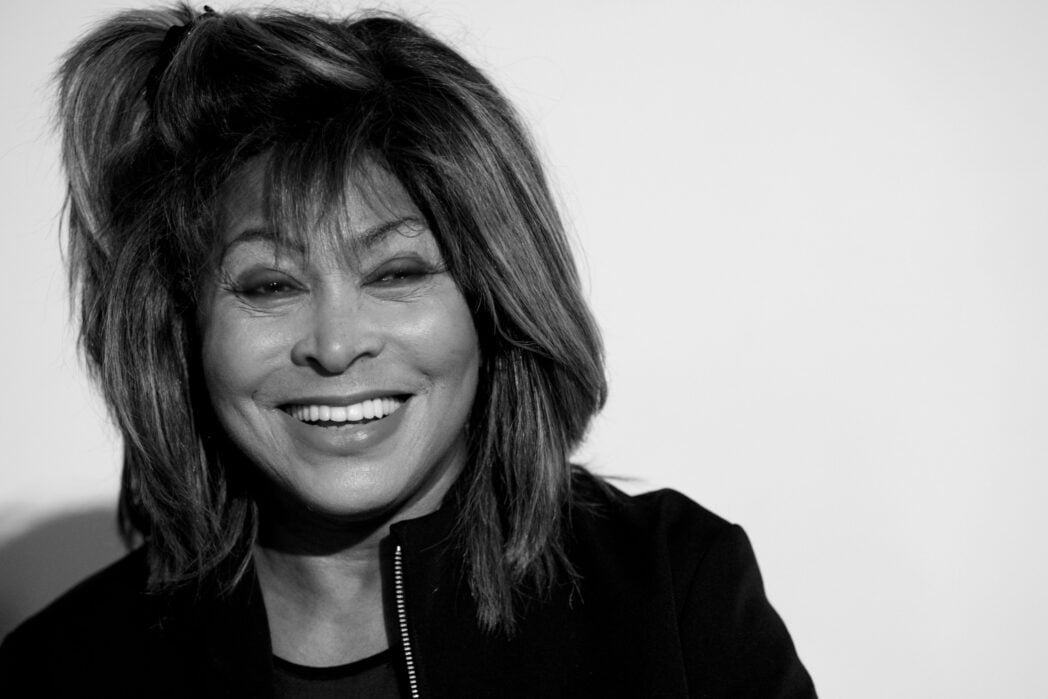Tina Turner was more than a singer and performer. She was a creative icon who defied the norms of what a Black woman or Black artist should be. In addition to several chart-topping hits spanning decades, she proved that, regardless of age, race or gender, her talent was unstoppable. Her personal life was as much of a testimony to her resilience, strength and ability to take charge of her story as her music career was. She has continued to inspire generations of other musicians and performers, from the Rolling Stones to Beyoncé, but there will never be another Tina Turner.
From humble beginnings to stardom
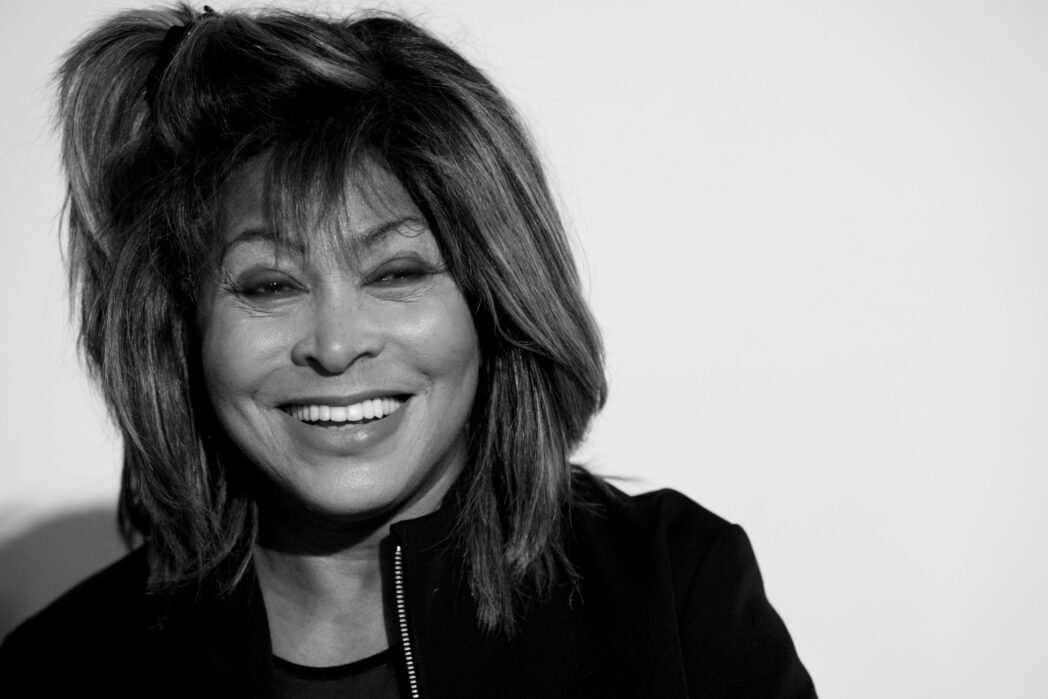
On November 26, 1939, Anna Mae Bullock was born in Nutbush, Tennessee, to struggling sharecroppers. She and her sister Alline were raised by their grandmother after their parents split up and left. However, her beloved grandmother died when she was 16 years old. In a move that would change her life, she followed her mother to St. Louis, where she would meet her future husband and musical partner, Ike Turner.
Start of Ike and Tina Turner
In St. Louis, Anna Mae would transition into who the world would soon know as Tina Turner. It all started when the then 17-year-old went on stage to sing with the Kings of Rhythm, Ike’s band. The young Ike loved her raspy vocals and natural stage presence, so a professional relationship and friendship began to develop. When his band prepared to record “A Fool in Love,” the session singer didn’t show up, allowing Anna Mae to add her raspy take that would end up becoming a big hit. The song reached No. 2 on the Hot R&B Sides charts and No. 27 on the Billboard Top 100.
Ike changed her name to Tina Turner, and the Ike & Tina Turner Revue was born. The group eventually signed with United Artists Records. The friendship and musical partnership also transitioned into marriage in 1962, but acrimoniously ended 16 years later after years of abuse from Ike.
Tina Turner: breaking free and soaring solo
After years of physical abuse from Ike, Tina bravely broke free one night in Dallas after running through several lanes of highway traffic with only 36 cents to her name. She didn’t leave the marriage with monetary assets but was allowed to keep her stage name. While Tina would eventually make a huge comeback in the 1980s that would turn her into an icon and dub her the “Queen of Rock and Roll,” it didn’t simply start with the historic “Private Dancer.”
Despite experiencing some of her hardest times financially, Tina was actively performing former hits live on the cabaret circuit in Vegas. She even released a few solo albums — two while still with Ike — before her unprecedented massive 80s return.
Long before Beyoncé’s “Cowboy Carter,” Tina released her own country album. The year 1974 marked the release of her first solo album, “Tina Turns the Country On!,” which included the Grammy-nominated “Bayou Song.” Tina appeared in The Who’s rock opera “Tommy,” where she had an unforgettable scene performing the title track from her 1975 second solo album “Acid Queen.” The year 1978 showed Tina gravitating more into contemporary rock and pop with “Rough.” As disco came to an end in the late 70s, she released the ill-timed disco-inspired “Love Explosion” in 1979.
Defining moments: Tina Turner’s biggest hits
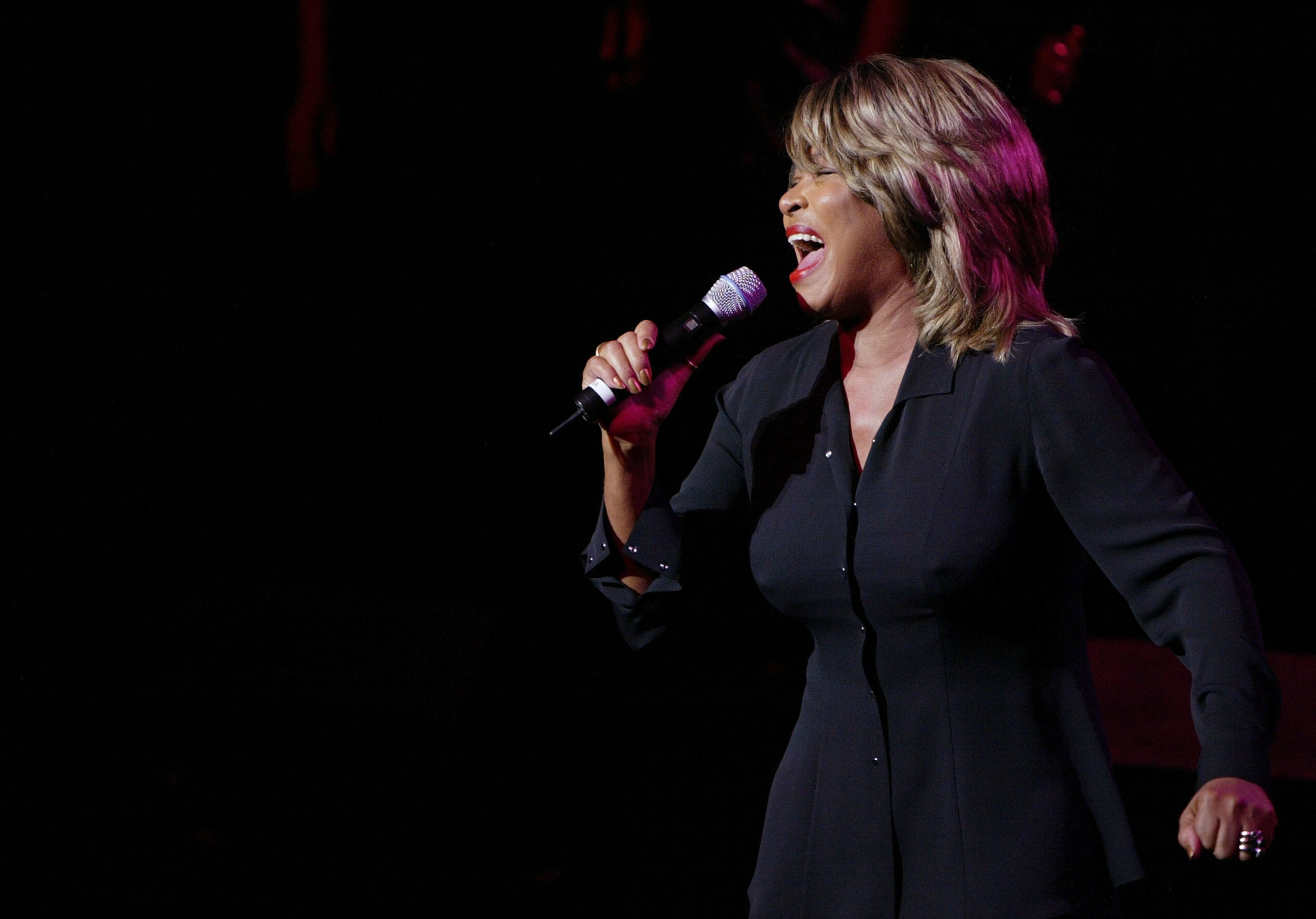
The song “Proud Mary” isn’t an original Ike and Tina Turner song but from the band Creedence Clearwater Revival. However, thanks to Tina’s jaw-dropping and crowd-pleasing performance of the song, it forever became identifiable with her, even long after she went solo. In 1971, their version of the song became a hit, reaching number four on the Billboard Hot 100 and number five on the R&B chart. It also earned them a Grammy for best R&B vocal performance by a group after selling 1 million copies.
“What’s Love Got to Do with It” became a massive hit from the “Private Dancer” album. Tina later recounted how she was hesitant to record this song as she didn’t know how she could perform it. “I was rock and roll. I was not … that was a pop song,” she said about it before agreeing to record it at the insistence of her manager, Roger Davies. However, she noted, “I converted it and made it my own.”
Needless to say, her vocal range and the song’s message about cynically questioning love and commitment were enough to captivate fans and earn her first and only #1 single. The song also became the title of her Oscar-nominated biopic starring Angela Bassett.
“The Best” — often erroneously called “Simply the Best” — found its way to Tina, who was putting together her seventh album, “Foreign Affair.” Singer Bonnie Tyler previously recorded the song, but it flopped. However, after reworking some lyrics and keys and adding saxophonist Edgar Winter, the song became another identifying classic for Tina Turner.
Grammy wins: Acknowledging her genius
Tina Turner’s career resurgence came with a bang due to the success of the Grammy-nominated album “Private Dancer.” The song she didn’t want to record — “What’s Love Got to Do With It?” — helped her sweep the 1985 major categories of Record of the Year, Song of the Year and Best Female Pop Performance. She also took home Best Female Rock Vocal Performance for “Better Be Good To Me.”
In 2018, the “Queen of Rock and Roll” received the Grammy’s Lifetime Achievement Award. When she accepted the honor by video from her home in Switzerland, Turner said, “It was during this time in 1983 that I recorded my album “Private Dancer.” Many many wonderful things happened to me and to my career during this time.” Over her career (solo and with Ike Turner), she earned a total of 25 Grammy nominations and eight wins.
More than a musician: Tina’s unmatched stage presence
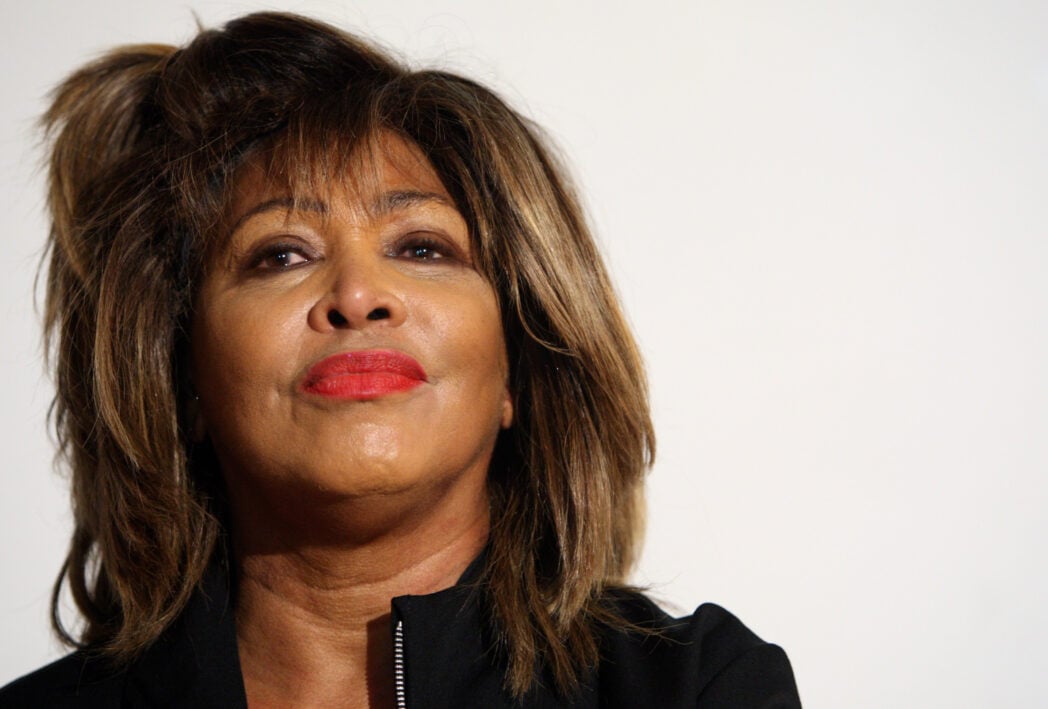
As a world-touring solo artist with dynamic shows, Tina not only wowed with her singing and dancing in heels but also with her distinctive, fashionable look. While with the Ike and Tina Turner Revue, she and her backup singers wore various stylish wigs. As an 80s rock star, she traded in the flowy, smooth hair for a bolder, spiky look that became her trademark.
When people think of Tina’s style, one of the most noted looks was in the video for “What’s Love Got to Do With It?” — a classic black mini skirt showcasing her famous legs, a denim jacket and of course — stilettos.
When she made her comeback performance at the Grammys in 1985, all eyes were on her as she strutted across the stage in a shimmering red halter dress. While she was nervous about performing alone on that stage, her fears were unfounded as the crowd chanted her name and gave her a standing ovation afterward. As former Grammy executive producer Ken Ehrlich remembered, “You almost can’t think of that song without thinking of that moment of her alone on that stage, dominating.”
When Turner started performing in the early 1960s, the short minis didn’t come into her style yet. Instead, she sauntered on stage in classic longer dresses reminiscent of the Supremes. However, by the later part of the decade, the minis were part of her wardrobe, as Turner noted they were easier to perform in.
As she embarked on her solo career in the late 70s, she began collaborating frequently with designer Bob Mackie. One of the standouts was the infamous red flame dress that she often wore for her Vegas review entrances. That transition included showing more legs while adding more beads and fridge elements like feathers to her stage attire. By her 80s comeback, Turner had begun to transition more to leather attire.
Regarding her famous legs on stage, Turner once said, “Sometimes I think I’m as famous for my legs as much as my voice. I only had my legs on show so much as it made it much easier to dance,”
Influence on future artists
Speaking of dancing, Turner’s moves encompassed energy and precision that was never hindered by her standard high heels. People were so enamored with her dancing that even famous colleagues like Mick Jagger asked her to teach him how to dance. There is no short list of other electrifying performers whose careers were clearly influenced by the Nutbush, Tennessee native.
Beyoncé has made it clear how much she idolized Tina and even performed “Proud Mary” with her at the Grammys and honored her at the Kennedy Center Honors. When her idol passed away, Beyoncé wrote on her website, “My beloved queen, I love you endlessly. I’m so grateful for your inspiration, and all the ways you have paved the way.”
The late Janis Joplin was also a fan who went to several of her performances. Janis was so inspired by her voice that she modeled her singing after her.
Janet Jackson once said, “For me — and I imagine for millions of others — Tina now stands as an enduring symbol of survival and grace. Her music is a healing thing.” Another raspy singer from the south, Fantasia, performed several tributes to the icon and named her an inspiration.
Overcoming adversity and inspiring generations
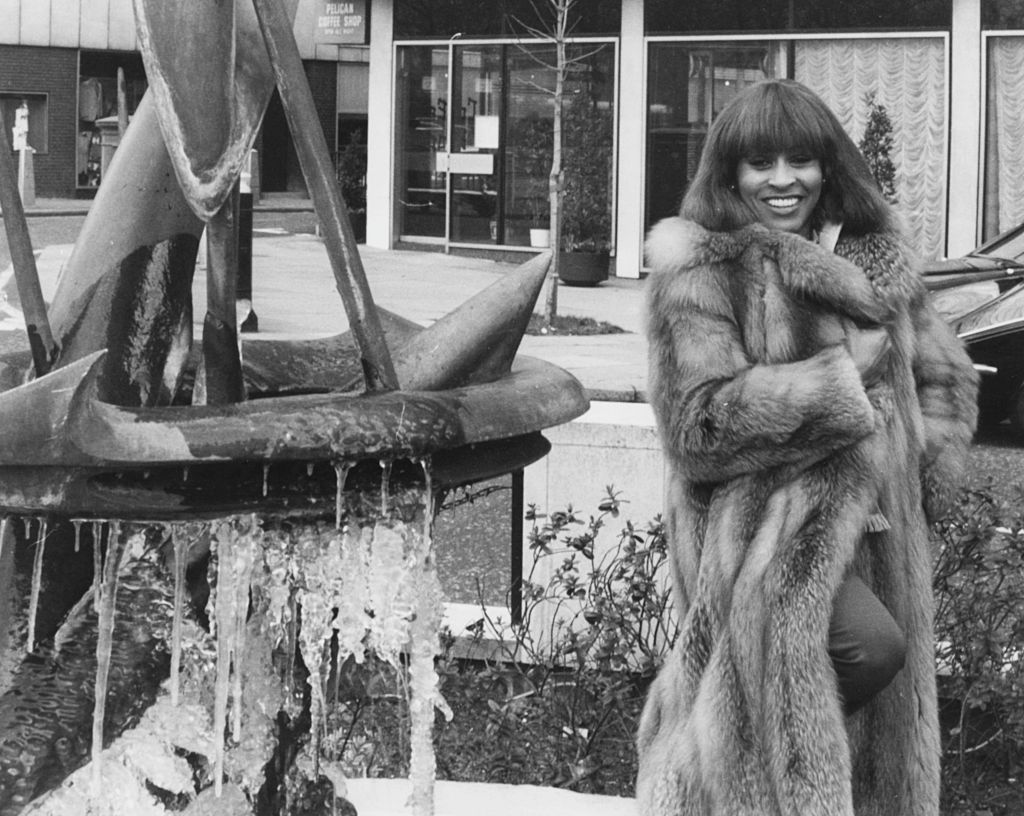
When Tina Turner became a global superstar who packed stadiums, she was already over age 40, so the odds were against her. Record executives brushed her off as a “has-been” and were less than enthused to promote an older Black woman who wanted to do rock ‘n’ roll music — a genre dominated by white males. As noted in the HBO Tina Turner documentary, one Capital Music executive said to the late John Carter, the A&R executive at Capitol Records who signed Turner, “Carter, you signed this old [N-word] douchebag?”
Tina Turner’s fight against adversity in her artistic life continues to inspire many other female recording artists. However, her perseverance doesn’t begin and end there. As noted, Tina suffered intense domestic abuse during her marriage to Ike Turner, and leaving put her in financial straits she had to work years to come back from. She eventually went on to find love again and married music executive Erwin Bach, with whom she lived in Switzerland until her death.
Tina Turner’s cause of death at 83 was listed as a long illness — years before she privately battled cancer, high blood pressure and a stroke. By her passing, she had already amassed 200 million album sales. In addition to music and fashion, Tina Turner’s movie appearances keep her creative legacy alive, such as “Tommy” and her showstopping role in “Mad Max,” where she played Aunt Entity and sang the hit song “We Don’t Need Another Hero.”
Tina Turner’s enduring influence: A legacy that transcends time
Shortly before her death, Tina Turner told her story in her own words in the HBO documentary, which recounted those years of abuse and the struggle it took to become a record-breaking concert performer well into middle age. Turner was also open about the role that her spiritual practice of Buddhism played in her healing, forgiveness and power to endure all that she had. She started practicing Soka Gakkai International Nichiren Buddhism in 1973 and spoke about it in her two autobiographies, “I, Tina” and “My Love Story.” She even incorporated it into her music in the 2009 interfaith album “Beyond: Buddhist and Christian Prayers.”
Equally important is her legacy as a brave soul who spoke about domestic abuse at a time when many did not, encouraging others to leave violent situations. As one survivor noted, “Somebody like Tina Turner who is successful, powerful, beautiful and can speak out…has made a world of difference to so many survivors.” Through it all, Tina Turner will forever be remembered among the most influential Black singers, live performers and survivors who proved it’s never too late to achieve your dreams or heal from a bad situation.


